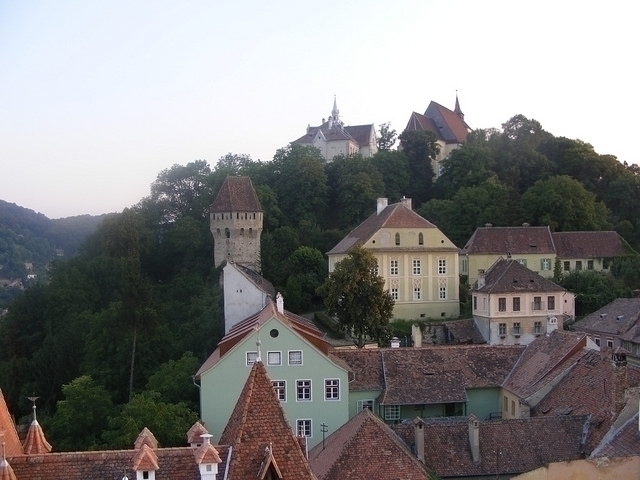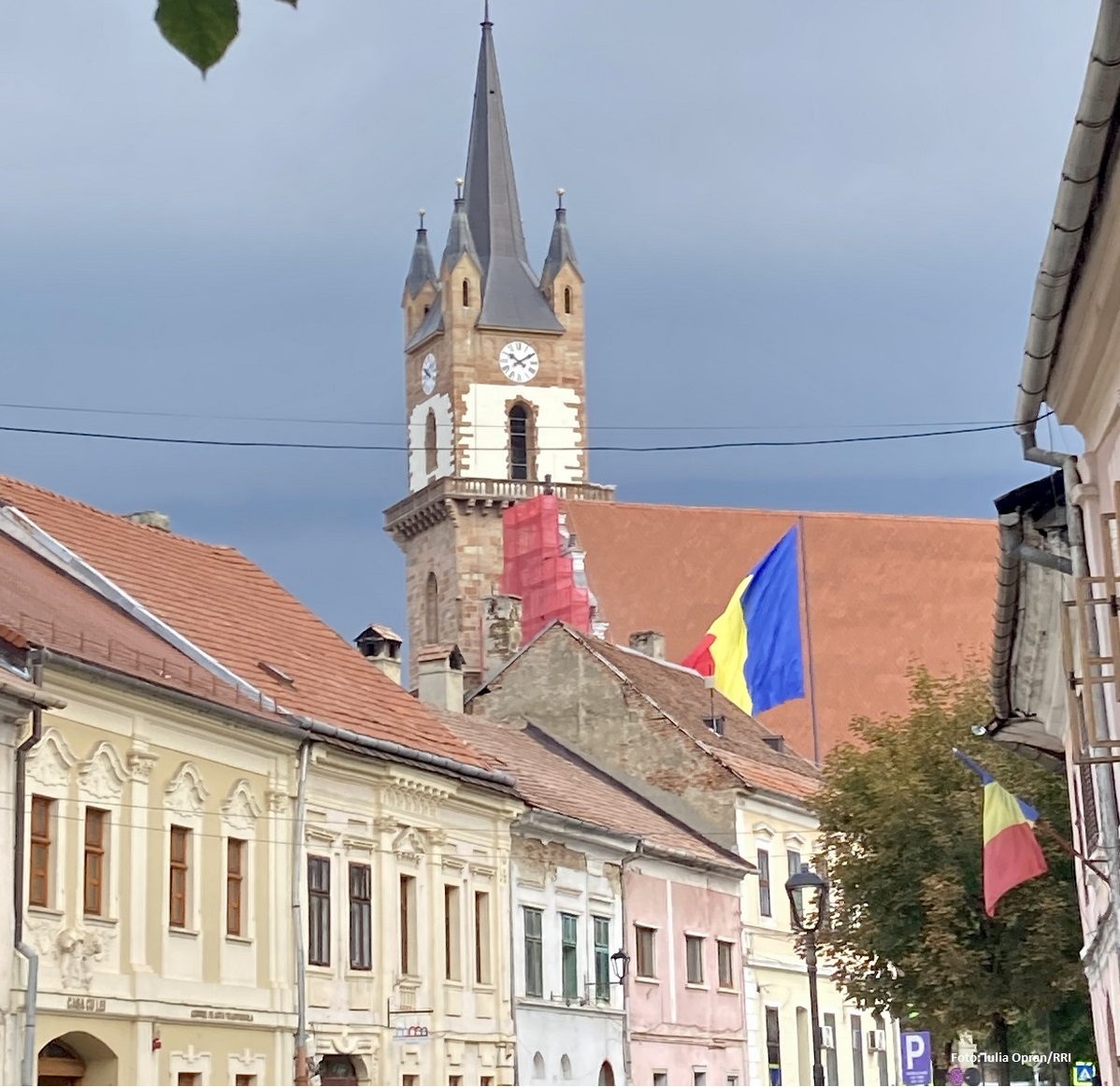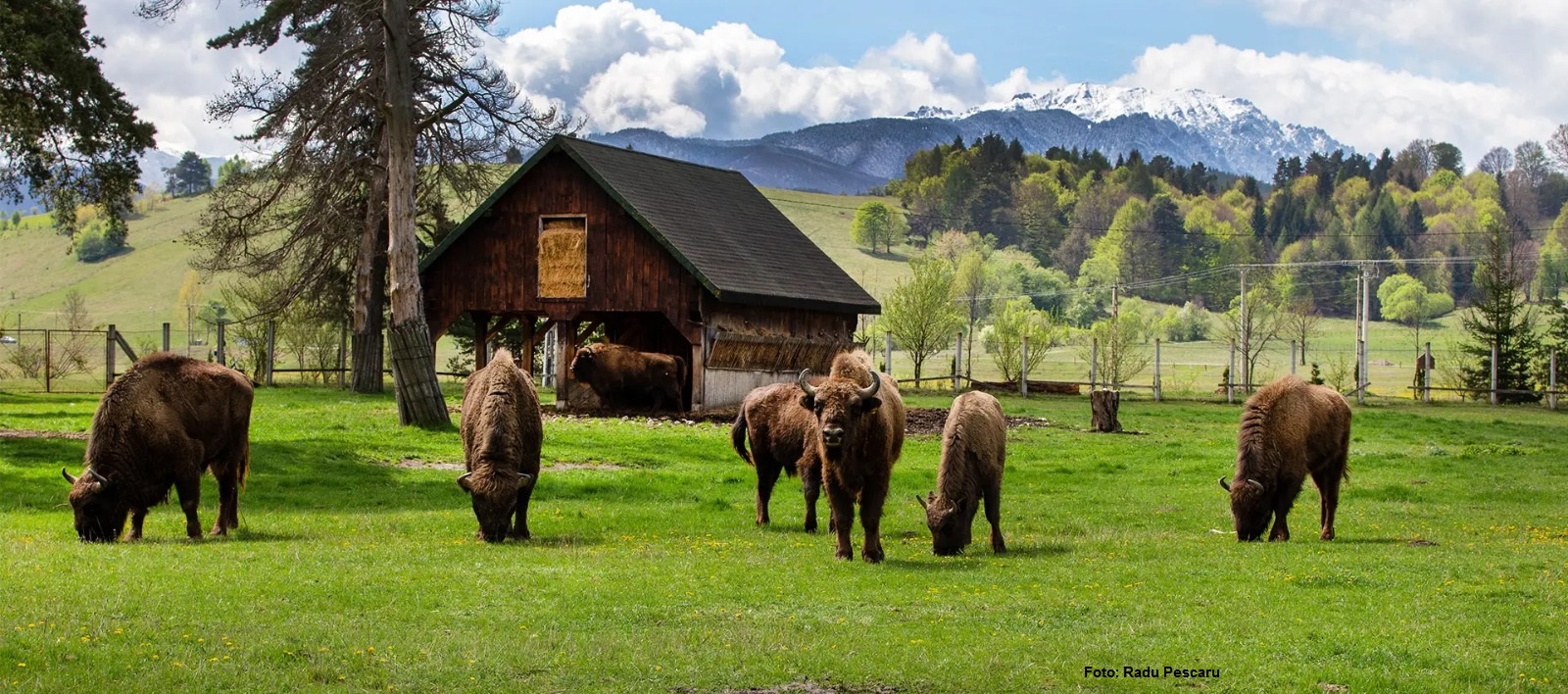Mures County

România Internațional, 11.10.2018, 12:05
There are over a hundred manor houses and
castles of various periods in the history of Mures county, in northern Romania.
Yet whenever we say Mures county, what first comes to mind is a wide range of
possibilities to spend leisure time, as the county boasts all categories of
relief, save for the seaside. Our guide today is communication and mass media
councilor with Mures County Council Sanda Vitelar:
I suggest a virtual tour of
the area. If you’re driving on the E60 European road, from Bucharest to Brasov,
the first stopovers should be in Saschiz
and Sighisoara, two Transylvanian citadels that have preserved the special
charm of the days of yore. From the Saschiz village centre you can admire the
ruins of the peasant citadel. The walk on the ridge is a bit difficult, but the
scenery opening up before you once you get there is well worth the effort. Then
you can also stop in Sighisoara, an inhabited citadel, with narrow streets and fairytale-like
houses. The citadel also plays host to
two of the most popular events in the country: the Medieval Sighisoara Festival and the
ProEtnica festival. The latter is the country’s only event bringing together
representatives of all national minorities that live in the country. 13
kilometers from Sighisoara there lies a typically Saxon dwelling, the village
of Cris, which is home to the Bethlen castle, representative for the style of Transylvanian
renaissance, built between the 16th and the 18th
centuries. From there, one can head towards Sovata, where one of the main
attractions is the Ursu lake, unique in Europe, and also the continent’s largest
salty and heliothermal lakes with a surface area of over 40 thousand square
meters and a circumference of more than 1,100 meters.
If you like fishing, you can stop in Campu
Cetatii, near Sovata. Here you can have a taste of the fresh fish you’ve caught
yourself. The only hot air balloon parade in the country is also held here at
Campu Cetatii. With details on that, here is Sanda Vitelar:
Another destination point in
our journey is the county seat of Targu Mures, where we invite you to stop for
a while in the city center. Here,
historical buildings speak about the multicultural past of the city of roses.
You can see two of the most representative buildings that at national level are
representative for the Art Nouveau style: the palace of Culture and the Administrative
palace, from the early days of the Secession trend in Transylvania. Also in
Targu Mures there lies the Cornesti Plateau, an area in the middle of nature
hosting the local Zoo, which is the second largest in Romania. In summer one
can also enjoy sunbaths and go swimming in the Mures Sporting Compound, which
has one indoor and three outdoor swimming pools as well as an artificial lake
for boat rides.
From
Targu Mures one can go directly to Reghin, famous for its violin production
centre, or to the Calimani Mountain Reserve. Here is Sanda Vitelar , a
councilor with the Mures County Council, with more about that:
Besides the breathtaking landscapes, in this reserve one can also see over 100
caves of various dimensions or you travel down the Gurghiu Valley to the
picturesque hunting lodge of Lapusana. Another place worth seeing on the Mures
Valley is the Kemany Castle in Brancovenesti, close to the motorway linking
Reghin to Toplita. The Mures County is renowned for its old castles and
mansions. Most of them are currently undergoing refurbishment works but they
still offer other entertainment facilities.
And
if you are into fairy-tale castles you should definitely see the castle of the
Austria-Hungary ambassador to Russia, currently on a list of historic
monuments. Let’s find out more from Sanda Vitelar:
In the plain area towards Cluj Napoca there lies a wild peony reserve and the
Ugron Castle, also known as the Calendar Castle for its 365 windows, 4 towers,
52 rooms, 7 terraces and 12 corridors. Here you can learn about the unrequited
love story between the castle owner and a Russian princess.
Outstanding
traditions and crafts stand proof of the multiculturalism of the Mures County.
Here is Sanda Vitelar, communication and mass-media councilor with the Mures
County Council, at the microphone again:
We have many areas with their own specificity. If you go to Sovata or
Miercurea Nirajului you can see Szekler artisans working in wood and ceramics.
Romanian crafts and trades are also represented on the Mures Valley, and I have
already mentioned the violin-making facilities
in Reghin. The gifted luthiers working in the two factories here have
achieved international fame. But the best way to see these artisans at work is
to visit one of the three fairs we stage yearly on the three valleys of the
Mures County, the Gurghiu Valley, the Niraj Valley and Mures Valley, which are
exclusively devoted to traditions and trades in the respective areas.
Also
worth visiting in Targu Mures is the County Center for Traditional Culture,
which boasts a data base with all the artisans in the Mures County including
those who are running open workshops sharing some of the secrets of their
ancient trades.






























